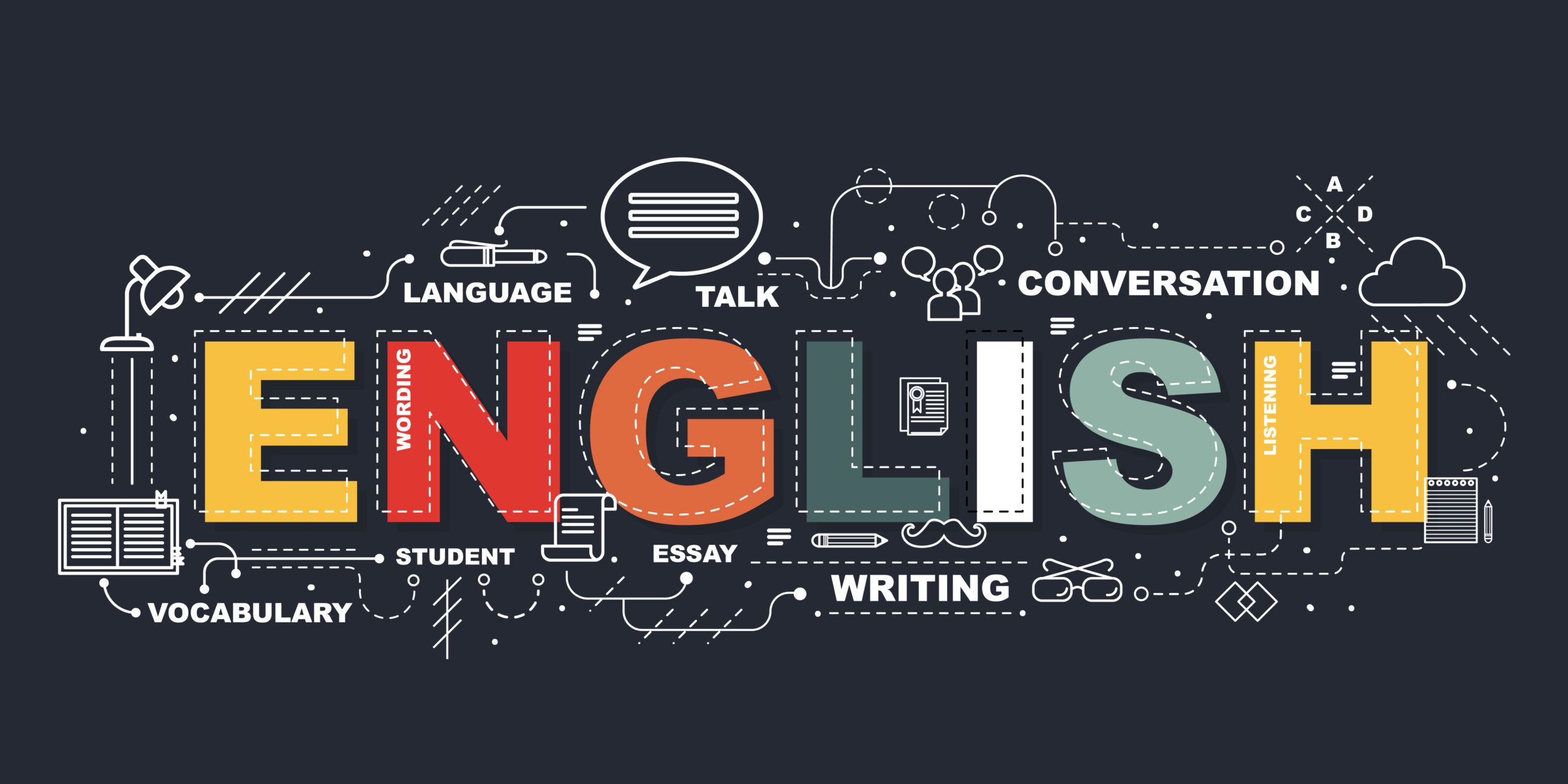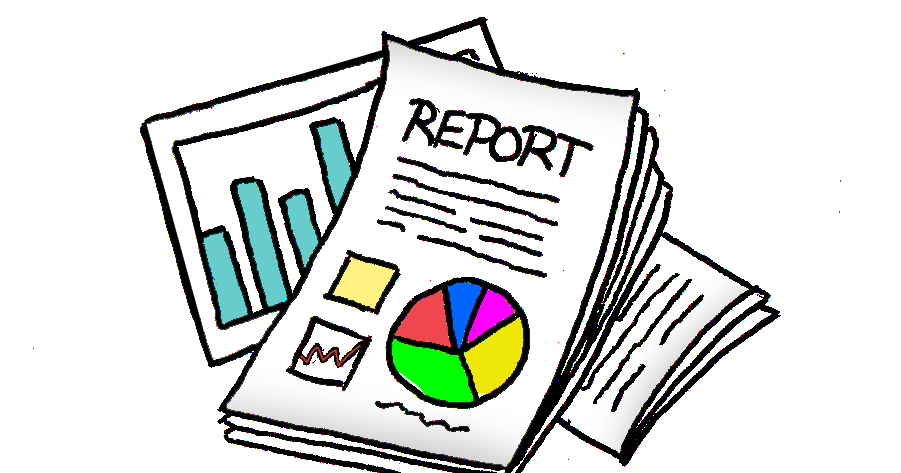
In the beginning on the term, I came in hoping to learn more about the world of technical writing and research for public speaking, which I was able to learn a lot about throughout the term. Having briefly assumed technical writer roles in my previous jobs, I was very curious as to what the class could bring to my already familiarity with the subject. I thoroughly enjoyed my time with developing and creating pieces of writing that allowed me to learn more about professional development and self-marketing, especially to potential employers.
Throughout the term, I found the consistency of the assignments to be beneficial to my overall understanding of the material and the opportunity to apply my learning to my professional portfolio was also very important to me. I realized that often, the assignments from ENGL 301 were applicable to my own understanding of the industry I’m aiming to break into and they provided me with some sense of work to showcase to my potential employers. However, from the various peer review assignments I learned that I should also strategically say the specific ideas and message I’m trying to communicate to non-technical audiences and remove all personal academic and professional biases in my technical writing.
This class and the creation of this web folio allowed me to create projects and assignments that I’ll be able to utilize in the work place and demonstrate to potential employers my potential.
Finally, my skills and strengths as a student support my future career in the sense that I’ll have the technical skills to operate on specific machines and frameworks of most software engineering companies. This includes, but is not limited to, object-oriented programming, technical writing, project management, a concrete understanding of data analytics and mathematics, and the ability to utilize popular cloud services, such as Google Cloud Platform and Amazon Web Services, as well as popular website and back-end frameworks like ReactJS, TensorFlow, and MongoDB



